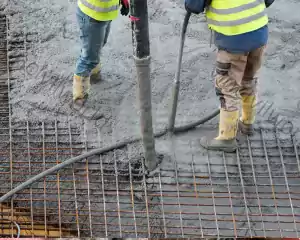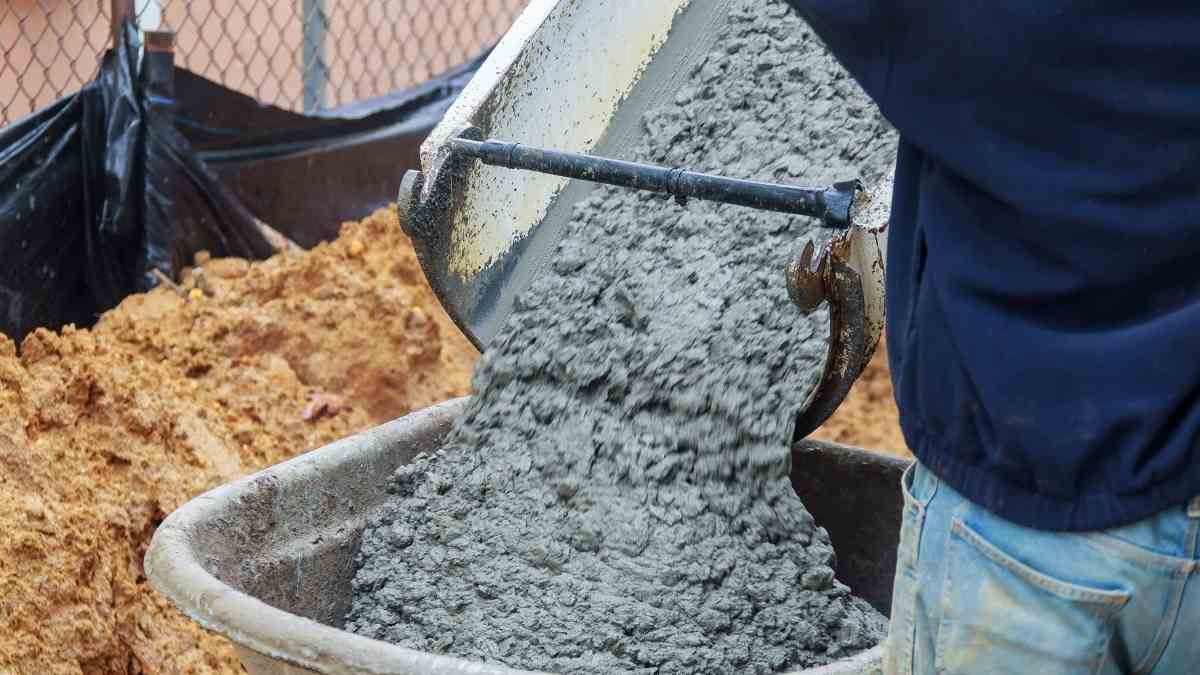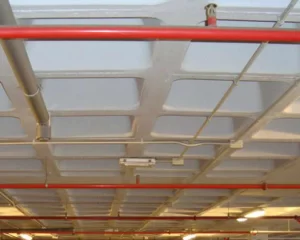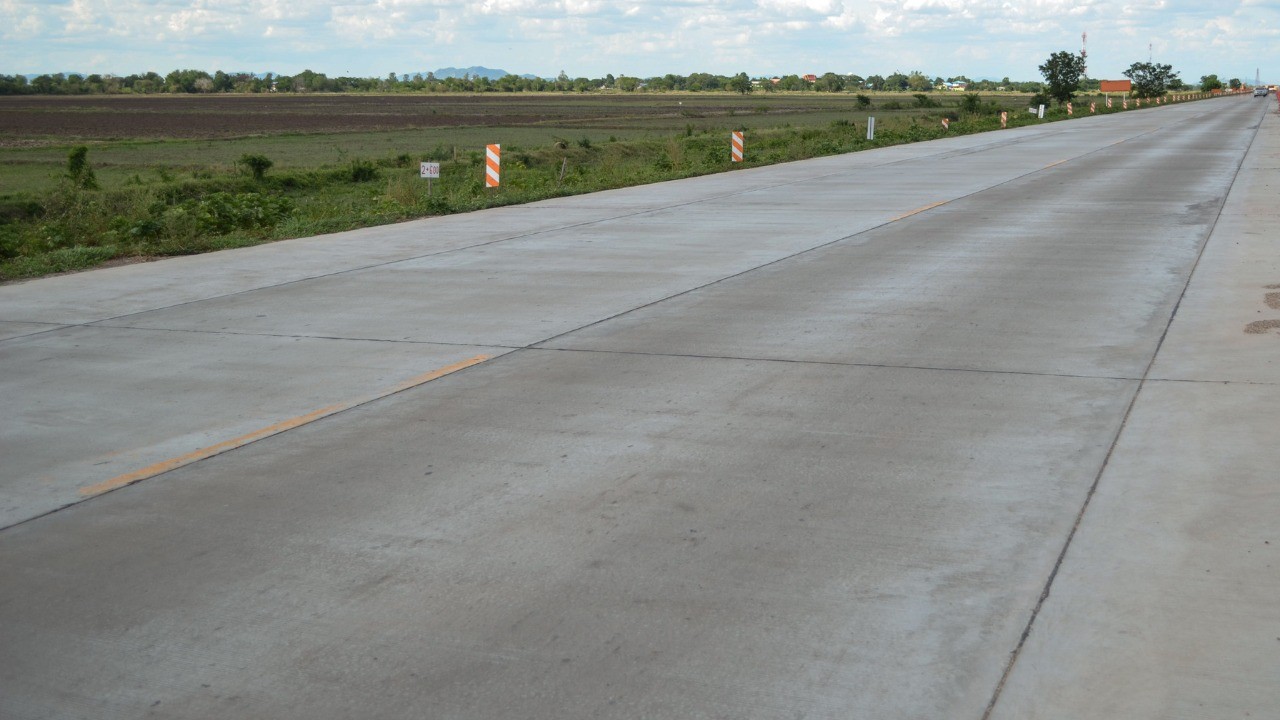Concrete is the most widely used building material in the world. Concrete is perfectly inert, and has exceptional durability without the need for special maintenance.Concrete is basically a mixture of Portland Cement, water and aggregates comprising sand and gravel or crushed stone.
In traditional construction sites, each of these materials is procured separately and mixed in specified proportions at site to make concrete.
Concrete is a composite material, which is produced from a mixture of cement, aggregates (coarse & fine), water and sometimes admixtures in required proportions. These mixture consolidates in course of time to form a dense mass called concrete.
INGREDIENTS OF CONCRETE
a) CEMENT
b) COARSE AGGREGATE
c) FINE AGGREGATE
d) WATER
e) ADMIXTURE
f ) AIR
WHY QUALITY CONTROL OF CONCRETE IS IMPORTANT ?
Concrete is designed for a particular strength and the total structural stability is dependent on a good quality concrete. and that is why quality control is one of the most important aspects taken into account during the production of concrete . A little variation in water to cement ratio, ingredient proportioning, increase in slump etc will have a major impact on the desired strength of the structure which in turn affects the structural stability.
Ready mix concrete refers to a concrete manufactured from a batching plant according to customer/clients requirements & approved Design Mix and conveyed to the site in a ready to use condition. The concrete is conveyed through transit mixers of capacity ranging from 3 cum to 10 cum and more. 6 cum trucks are most commonly used. Batching plants are available in a wide range of capacities and types. ranging from 10 cum per hour to 125 cum/hr and some manufactures have much higher capacity plants.Most commonly used capacities are 30 cum, and 60 cum.

Fiber-reinforced concrete (FRC), an advanced form of Reinforced Cement Concrete is finding wide applications these days. Fiber-reinforced concrete (FRC) is a versatile and durable composite material consisting of a cementitious matrix with uniformly dispersed fibers. The addition of discontinuous, discrete fibers to cement, mortar or concrete mixes can enhance the concrete properties.
Read more

Ultrasonic pulse velocity test is an example of the non-destructive tests of concrete. Non-destructive tests (NDT) and destructive tests (DT) are the tests done on hardened concrete. Concrete is the oldest and most important construction material in the world. For confirming, the structural stability, strength, durability, and condition, testing of concrete plays an important role.
Read more

Concrete Mixing or Mixing of concrete is the complete blending of the ingredients necessary for the production of a homogeneous concrete.
Read more

Waffle slabs are ribbed reinforced concrete slabs. A waffle slab often referred to as a ribbed slab, is a structural component that is plain on top and has a grid pattern on the bottom. A waffle slab also called a two-way joist slab got ribs running perpendicular to each other in two directions on the underside. This slab resembles pockets of waffles because of its grid pattern. Hence they are named Waffle slab systems.
Read more

Curing of concrete is the process of maintaining requisite moisture and temperature in hardened concrete for continued hydration. The curing of concrete plays a prime role in maintaining the design strength and durability of concrete. This article explains the significance of curing, and the types of curing methods prevailing in construction sites.
Read more

Joints in construction or Construction joint is an essential and integral part of civil engineering and construction. Concrete tends to expand and contract with changes in temperature and moisture. Since concrete is weak in tension, shrinkage of concrete causes cracks in concrete.
Read more

Types of admixture that should be used in concrete depend on the structure’s intended use, design strength, pouring conditions, and other factors. In the construction industry, concrete is the most commonly used material. Admixture is a material that is added to concrete along with cement, sand, water, and aggregates to modify or enhance the properties of the concrete and make it more suitable for a specific environment.
Read more

PCC concrete of Plain Cement Concrete (PCC) is without reinforcement steel. Plain cement concrete (PCC) is high in compression and very low in tension. Plain cement concrete is commonly used over the ground to keep footing reinforcement from coming into direct contact with the soil.
Read more








